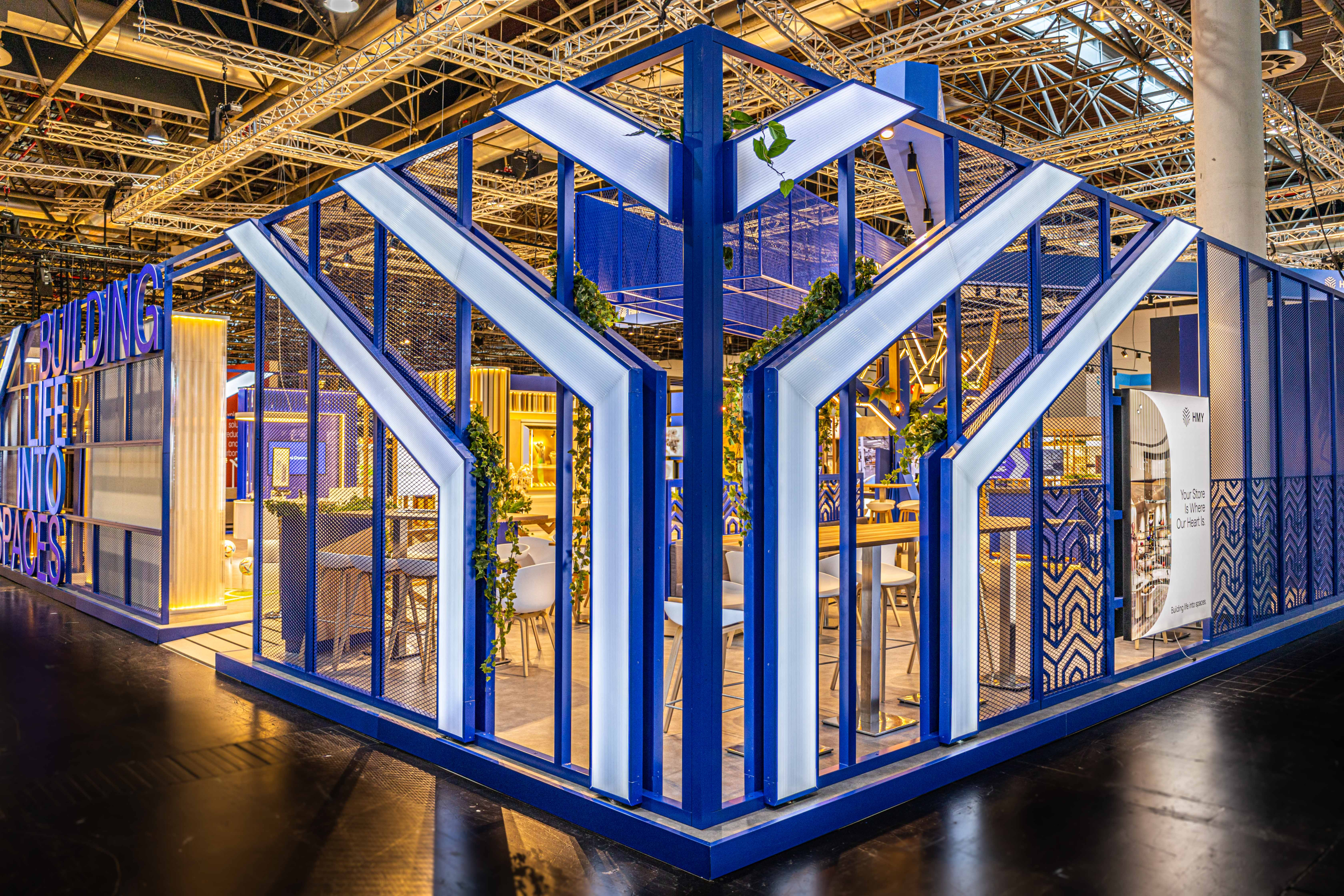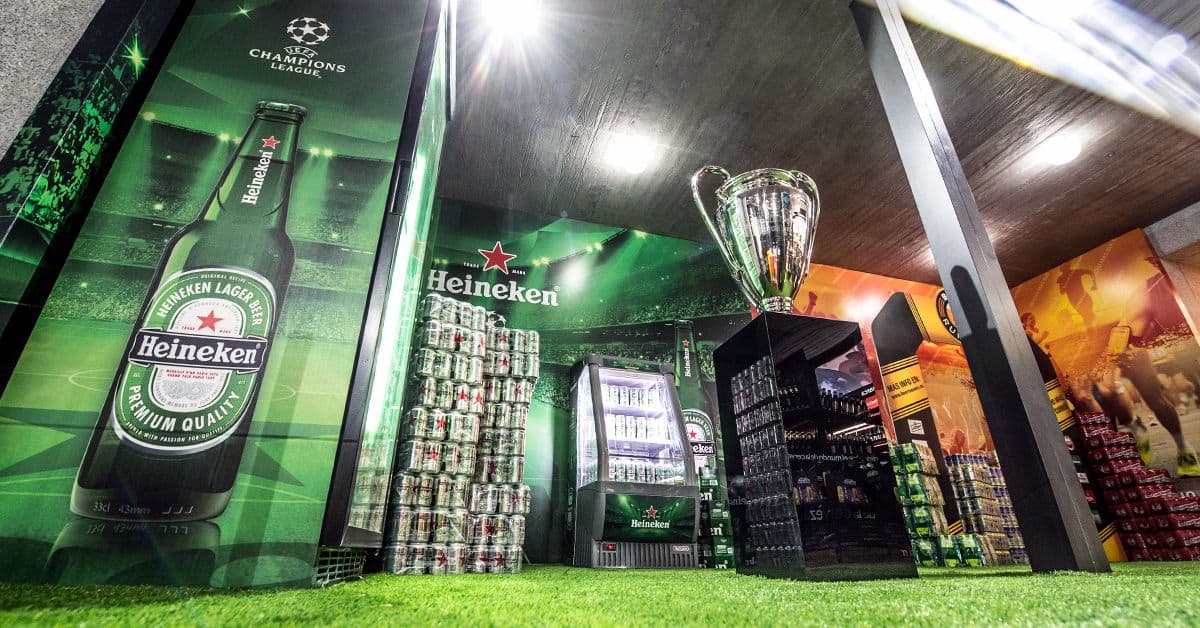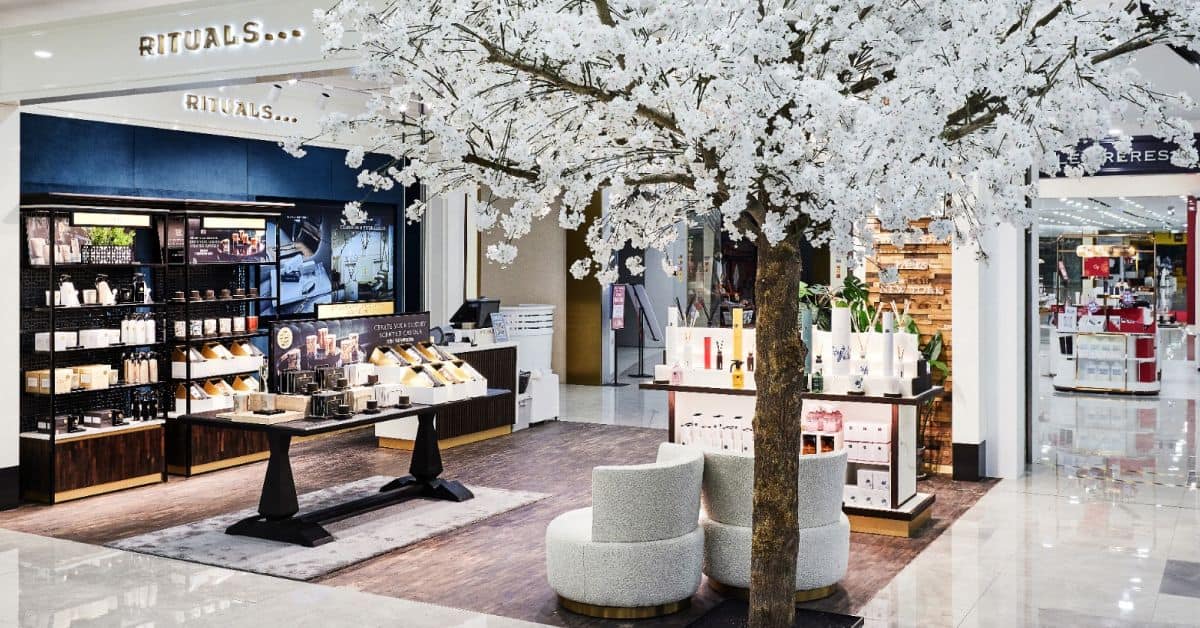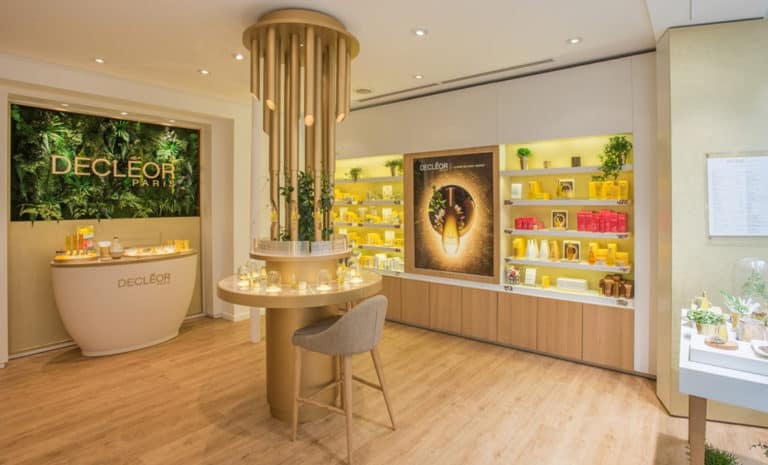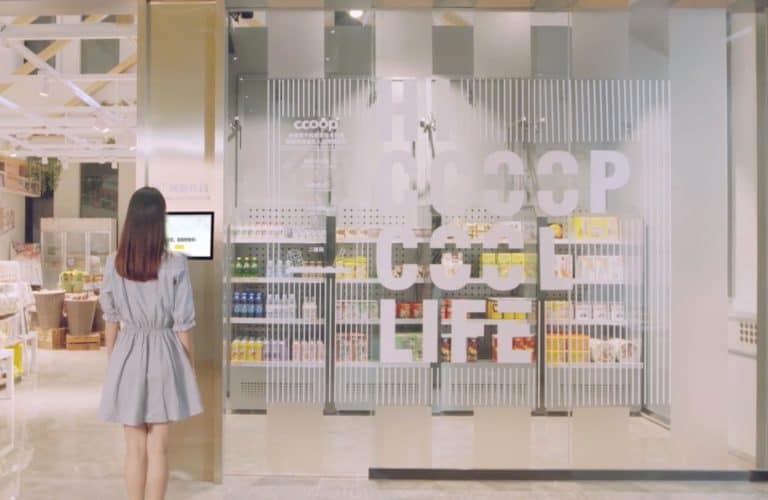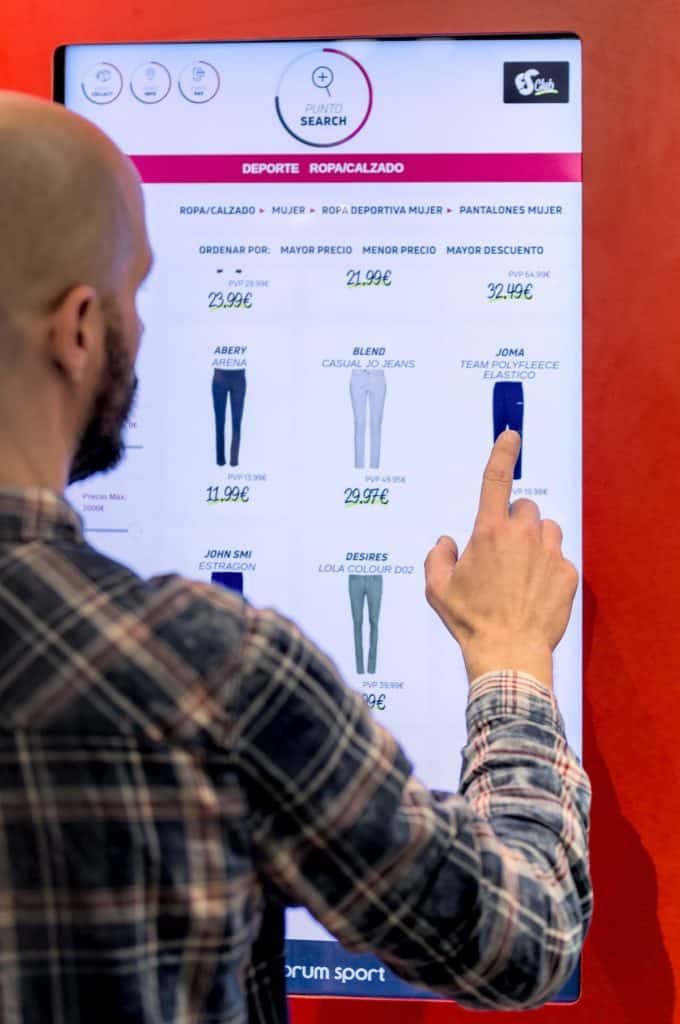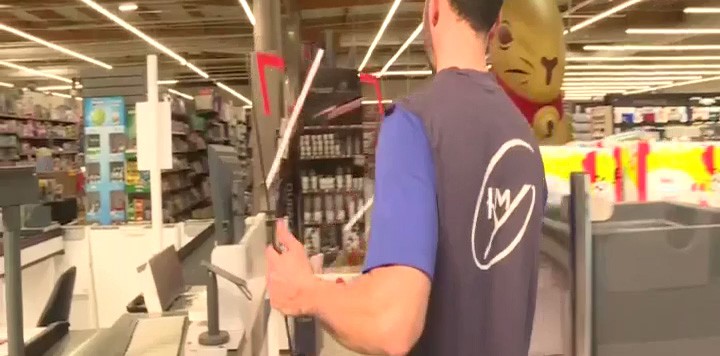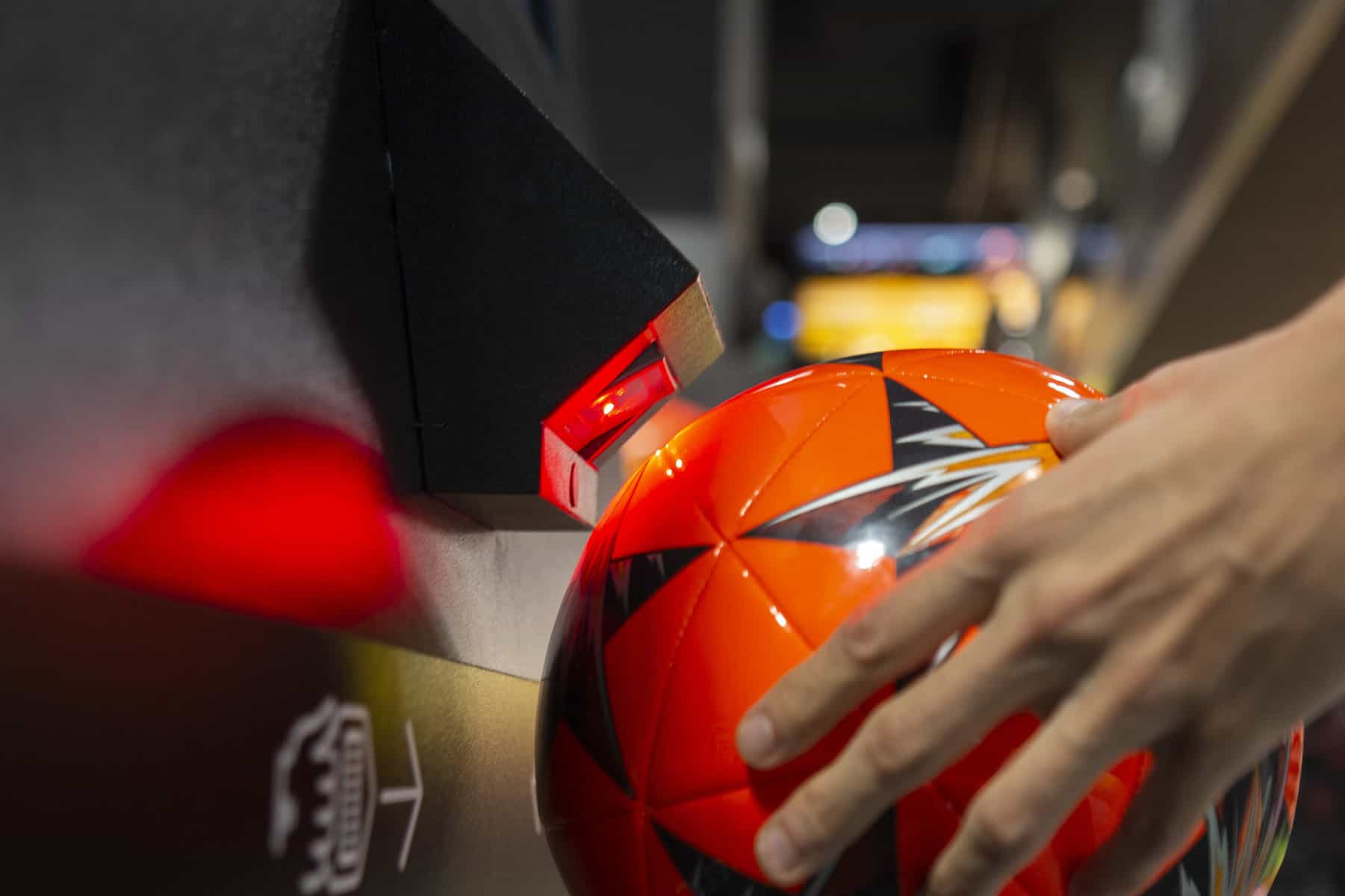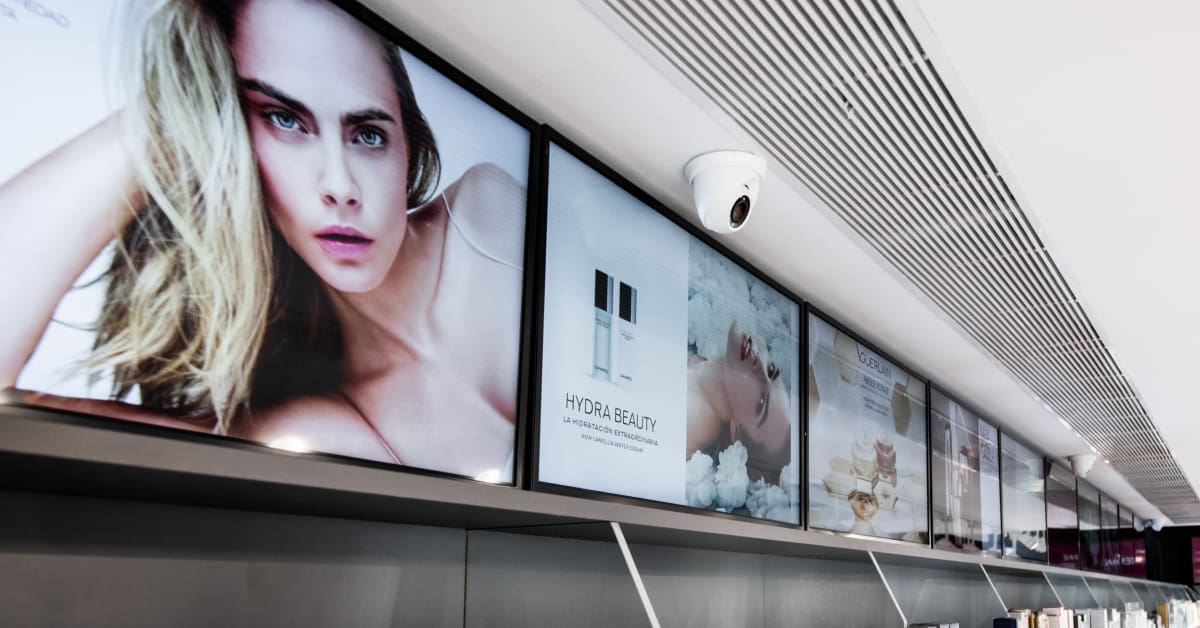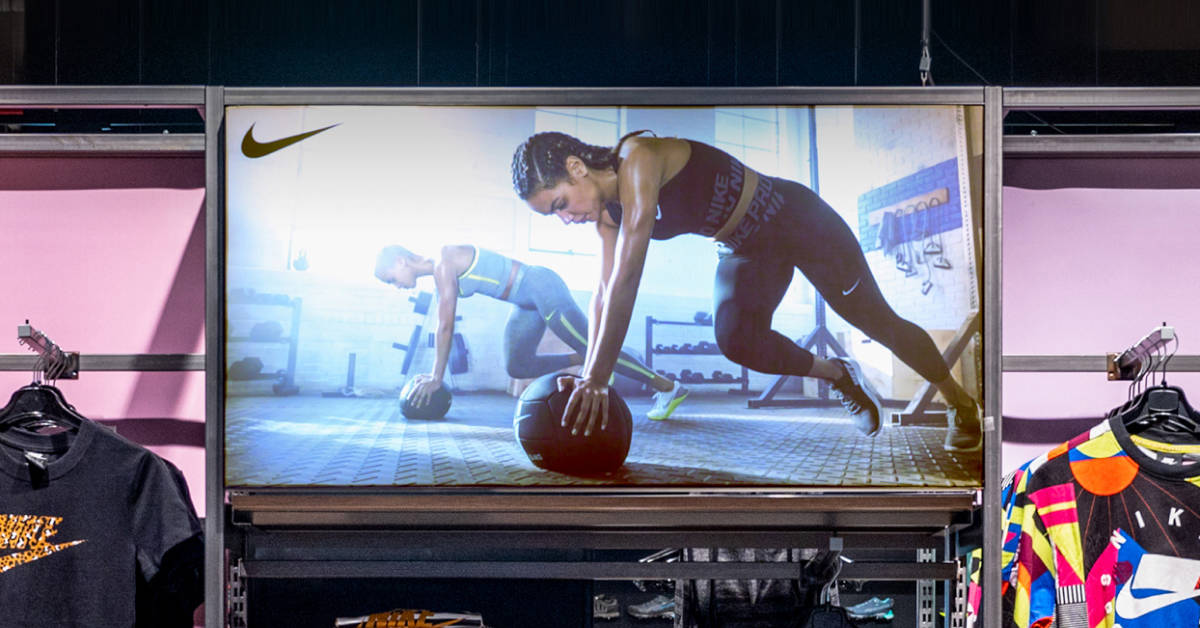More people are shopping for beauty products than ever before, and the majority are still doing it in store – unlike many other sectors. As one of the most competitive retail industries there is, it’s imperative that the health and beauty sector remains one of the most cutting edge when it comes to user experience. In a world where image is everything, beauty brands have the unique opportunity to create an entertaining and engaging shopping experience to align with the changing expectations of buyers and the increasingly tech-centric shopping environment.
Personalisation
Personalisation is the buzzword on all brands and retailers’ lips at the moment. The typical ‘bricks and mortar’ health and beauty store is evolving, and in-order to keep up and complement the customised on-line experience, retail brands must use data capture to provide personalisation, better interactions and a more streamlined, offline shopping process. Smart technology is helping to deliver this.
Whilst the growth of personalisation has been facilitated by advances in technology, a big driver has been the collection and use of big data. Retailers can harness data collected in-store to better understand customers’ preferences and tailor their offerings accordingly. Digital advances are key in helping shoppers feel like the setup of physical stores is designed with their specific needs in mind.
For example, Skincare brand NUDE created the Skin Nutrition Bar in the Selfridges Beauty Hall, in order to help customers understand their skin type, and recommend appropriate products based on this. This involved a questionnaire on a counter mounted tablet, as well as a mini facial, and customers were encouraged to share their results on social media with a photo and hashtag. Finally, in order to increase customer loyalty, their personal skincare programme was then emailed to them, promoting lasting usage and extending the experience outside the store.
Augmented Reality
It’s been predicted that by 2020 as many as 100 million consumers will shop in AR. So, what makes it worthwhile for beauty brands? Unique technology allows customers to come in store and virtually try on make-up via apps, such as Modiface, which gives shoppers a quick and hygienic ‘try before you buy’ solution through a digital screen. Now that so much of the beauty industry is influenced by tech-savvy vloggers and filter-loving bloggers, AR is helping to bring the in-store experience to a whole new level, and one that a new generation of customers can get on board with.
Global beauty brand, Sephora, is one of the most well-known companies embracing AR in its stores. Sephora implemented a ‘virtual artist’ app back in 2016 and since then more than 200 million shades have been tried on in store. It doesn’t stop there as similar technology can do everything from step-by-step make-up tutorials to colour matching products for individual consumers.
Social media
With more than one billion users, Instagram is fast becoming a new home for brands looking to make an impact on social media – something which is increasingly important in a world where consumers demand an omni-channel shopping experience. It’s vital that the online and offline channels complement and add value to each other – offering a consistent and seamless experience, no matter how the customer wants to shop.
With the distinction between online and offline shopping experiences diminishing, it’s definitely worth investing in technology to merge the in-store experience with the world of social. This can be as simple as integrating screens and tablets in store, so that user-generated content can be brought to life. For example, tablets can be placed at make up counters, allowing for customers to access product reviews, tutorials and to encourage shoppers to take pictures and share on their own social accounts.
Frictionless shopping
The need for a frictionless shopping experience is arguably most important at the point of sale. Today’s consumers are much less patient – queues and long checkout times are unacceptable and can even result in the loss of a sale.
Therefore, contactless payments and mobile payments, which are quicker than conventional card transactions, benefit health and beauty retailers by reducing queue times and increasing customer satisfaction and, ultimately, revenue. Not only this, but due to the speed of transactions, fewer staff may be needed at checkouts during peak times.
Moving forward, in order to make the buying process as seamless as possible, sensors that monitor your purchases could soon be introduced to your favourite health and beauty store. A smartphone app will track your purchases and even tell you if you’ve forgotten something. There will be no need to queue or physically pay a cashier – when you exit through a barrier, your account will be automatically charged.
Would you like to improve your health and beauty store design? Get in touch to find out how we can assist.
































